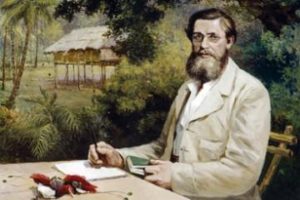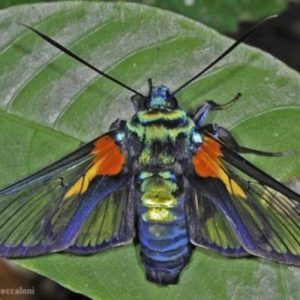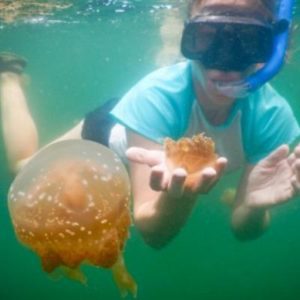Wallace Correspondence Project Secures New Funding
March 9, 2018 - 2 minutes read George Beccaloni’s A. R. Wallace Correspondence Project (WCP) has secured funding for the next two years and nine months from the John Templeton Foundation, with the Charles Darwin Trust (CDT) hosting the grant.
George Beccaloni’s A. R. Wallace Correspondence Project (WCP) has secured funding for the next two years and nine months from the John Templeton Foundation, with the Charles Darwin Trust (CDT) hosting the grant.
The project aims to locate, digitize, transcribe and interpret the surviving correspondence and manuscripts of the great 19th-century British naturalist Alfred Russel Wallace (1823-1913).
Wallace’s observations of the marked zoological differences across a Lombok Strait (between Bali and Lombok) and the Makassar Strait (between Borneo in Sulawesi) in the Indonesian archipelago led to his proposing the faunal boundary line, now known as the Wallace Line, which separates the eco-zones of Asia and Australia.
West of the line, the wildlife is related to Asiatic species; to the east, a mixture of species of Asian and Australian origin is present.
While Wallace was exploring the archipelago, he refined his thoughts about evolution and had his famous insight on natural selection. In 1858, the naturalist sent an article outlining his theory to Darwin. It was published, along with a description of Darwin’s own theory on natural selection, in the same year.
George Beccaloni is the resident naturalist on SeaTrek’s “In Search of Wallace & His Living Treasures” cruise which takes passengers from Sorong to Ternate and honors the time Wallace spent in what is now Indonesia, independently working on the theory of evolution.
SeaTrek also offers “Wallace Trails & Sails” cruises through that same part of Indonesia, journeys that include ports of call like Ambon, the Banda Islands, Raja Ampat, Seram, Misool and Waigero.
This area of Indonesia — often referred to as The Coral Triangle — is home to arguably the world’s most diverse marine life. All of these cruises explore on land and underwater exactly what captivated Wallace about this part of the world and what continues to attract scientists and nature lovers from across the globe.
0 Comments